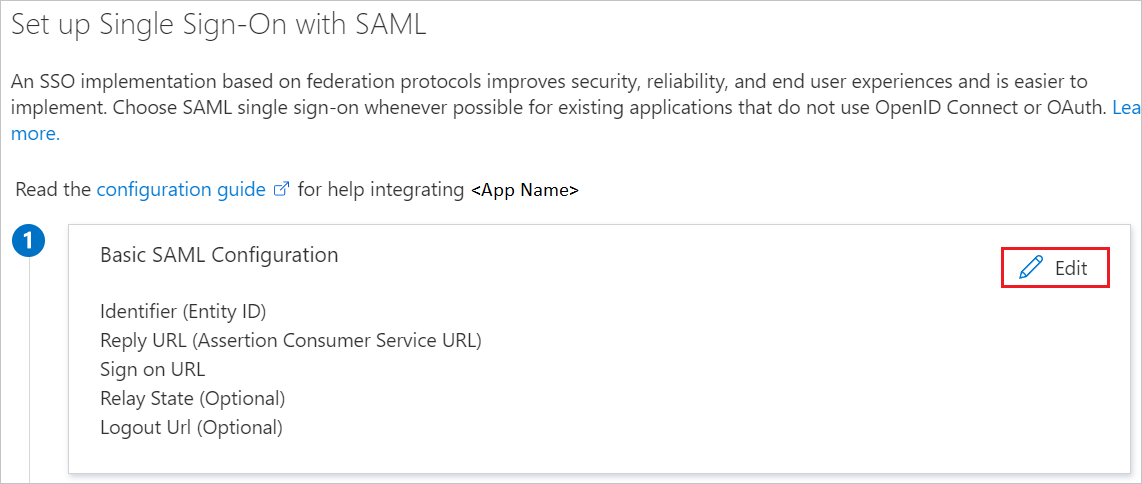Microsoft Entra SSO integration with Signiant Media Shuttle
In this article, you learn how to integrate Signiant Media Shuttle with Microsoft Entra ID. Media Shuttle is a solution for securely moving large files and data sets to, and from, cloud-based or on-premises storage. Transfers are accelerated and can be up to hundreds of times faster than FTP.
When you integrate Signiant Media Shuttle with Microsoft Entra ID, you can:
- Control in Microsoft Entra ID who has access to Signiant Media Shuttle.
- Enable your users to be automatically signed-in to Signiant Media Shuttle with their Microsoft Entra accounts.
- Manage your accounts in one central location.
You must configure and test Microsoft Entra single sign-on for Signiant Media Shuttle in a test environment. Signiant Media Shuttle supports SP initiated single sign-on and Just In Time user provisioning.
Prerequisites
To integrate Microsoft Entra ID with Signiant Media Shuttle, you need:
- A Microsoft Entra user account. If you don't already have one, you can Create an account for free.
- One of the following roles: Application Administrator, Cloud Application Administrator, or Application Owner.
- A Microsoft Entra subscription. If you don't have a subscription, you can get a free account.
- A Signiant Media Shuttle subscription with a SAML Web SSO license, and access to the IT and Operations Administration Consoles.
Add application and assign a test user
Before you begin the process of configuring single sign-on, you need to add the Signiant Media Shuttle application from the Microsoft Entra gallery. You need a test user account to assign to the application and test the single sign-on configuration.
Add Signiant Media Shuttle from the Microsoft Entra gallery
Add Signiant Media Shuttle from the Microsoft Entra application gallery to configure single sign-on for Signiant Media Shuttle. For more information on how to add application from the gallery, see the Quickstart: Add application from the gallery.
Create and assign Microsoft Entra test user
Follow the guidelines in the create and assign a user account article to create a test user account called B.Simon.
You can also use the Enterprise App Configuration Wizard. In this wizard, you can add an application to your tenant, add users/groups to the app, and assign roles. The wizard also provides a link to the single sign-on configuration pane. Learn more about Microsoft 365 wizards..
Configure Microsoft Entra SSO
Complete the following steps to enable Microsoft Entra single sign-on.
Sign in to the Microsoft Entra admin center as at least a Cloud Application Administrator.
Browse to Identity > Applications > Enterprise applications > Signiant Media Shuttle > Single sign-on.
On the Select a single sign-on method page, select SAML.
On the Set up single sign-on with SAML page, select the pencil icon for Basic SAML Configuration to edit the settings.

On the Basic SAML Configuration section, perform the following steps:
a. In the Identifier textbox, type a value or URL using one of the following patterns:
Configuration Type Identifier Account Level mediashuttlePortal Level https://<PORTALNAME>.mediashuttle.comb. In the Reply URL textbox, type a URL using one of the following patterns:
Configuration Type Reply URL Account Level https://portals.mediashuttle.com.authPortal Level https://<PORTALNAME>.mediashuttle.com/authc. In the Sign on URL textbox, type a URL using one of the following patterns:
Configuration Type Sign on URL Account Level https://portals.mediashuttle.com/authPortal Level https://<PORTALNAME>.mediashuttle.com/authNote
These values aren't real. Update these values with the actual Identifier, Reply URL and Sign on URL. Contact Signiant Media Shuttle support team to get these values. You can also refer to the patterns shown in the Basic SAML Configuration section.
Your Signiant Media Shuttle application expects the SAML assertions in a specific format, which requires you to add custom attribute mappings to your SAML token attributes configuration. The following screenshot shows an example. The default value of Unique User Identifier is user.userprincipalname but Signiant Media Shuttle expects to be mapped with the user's email address. For that you can use user.mail attribute from the list or use the appropriate attribute value based on your organization configuration.

On the Set up single sign-on with SAML page, in the SAML Signing Certificate section, select copy button to copy App Federation Metadata Url and save it on your computer.

Configure Signiant Media Shuttle SSO
Once you have the App Federation Metadata Url, sign in to the Media Shuttle IT Administration Console.
To add Microsoft Entra Metadata in Media Shuttle:
Log into your IT Administration Console.
On the Security page, in the Identity Provider Metadata field, paste the App Federation Metadata Url which you've copied.
Select Save.
Once you have set up Microsoft Entra ID for Media Shuttle, assigned users and groups can sign in to Media Shuttle portals through single sign-on using Microsoft Entra authentication.
Create Signiant Media Shuttle test user
In this section, a user called Britta Simon is created in Signiant Media Shuttle. Signiant Media Shuttle supports just-in-time user provisioning, which is enabled by default. There's no action item for you in this section. If a user doesn't already exist in Signiant Media Shuttle, a new one is created after authentication.
If Auto-add SAML authenticated members to this portal isn't enabled as part of the SAML configuration, you must add users through the Portal Administration console at https://<PORTALNAME>.mediashuttle.com/admin.
Test SSO
In this section, you test your Microsoft Entra single sign-on configuration with following options.
Select Test this application, this option redirects to Signiant Media Shuttle Sign-on URL where you can initiate the login flow.
Go to Signiant Media Shuttle Sign-on URL directly and initiate the login flow from there.
You can use Microsoft My Apps. When you select the Signiant Media Shuttle tile in the My Apps, this option redirects to Signiant Media Shuttle Sign-on URL. For more information, see Microsoft Entra My Apps.
Additional resources
Related content
Once you configure Signiant Media Shuttle you can enforce session control, which protects exfiltration and infiltration of your organization’s sensitive data in real time. Session control extends from Conditional Access. Learn how to enforce session control with Microsoft Cloud App Security.